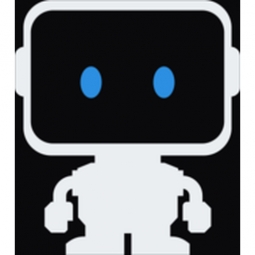DataRobot
Case Studies
Anacostia Riverkeeper Uses DataRobot to Predict Water Quality in the Anacostia River
Overview
 |
Anacostia Riverkeeper Uses DataRobot to Predict Water Quality in the Anacostia RiverDataRobot |
Analytics & Modeling - Predictive Analytics | |
Cities & Municipalities | |
Predictive Quality Analytics | |
Data Science Services | |
Operational Impact
| The team was able to build and train dozens of binary classification models using DataRobot. | |
| The best model was selected and deployed for use. | |
| A script was built that pulls the USGS sensor data, aggregates it, and sends it to DataRobot for scoring. | |


